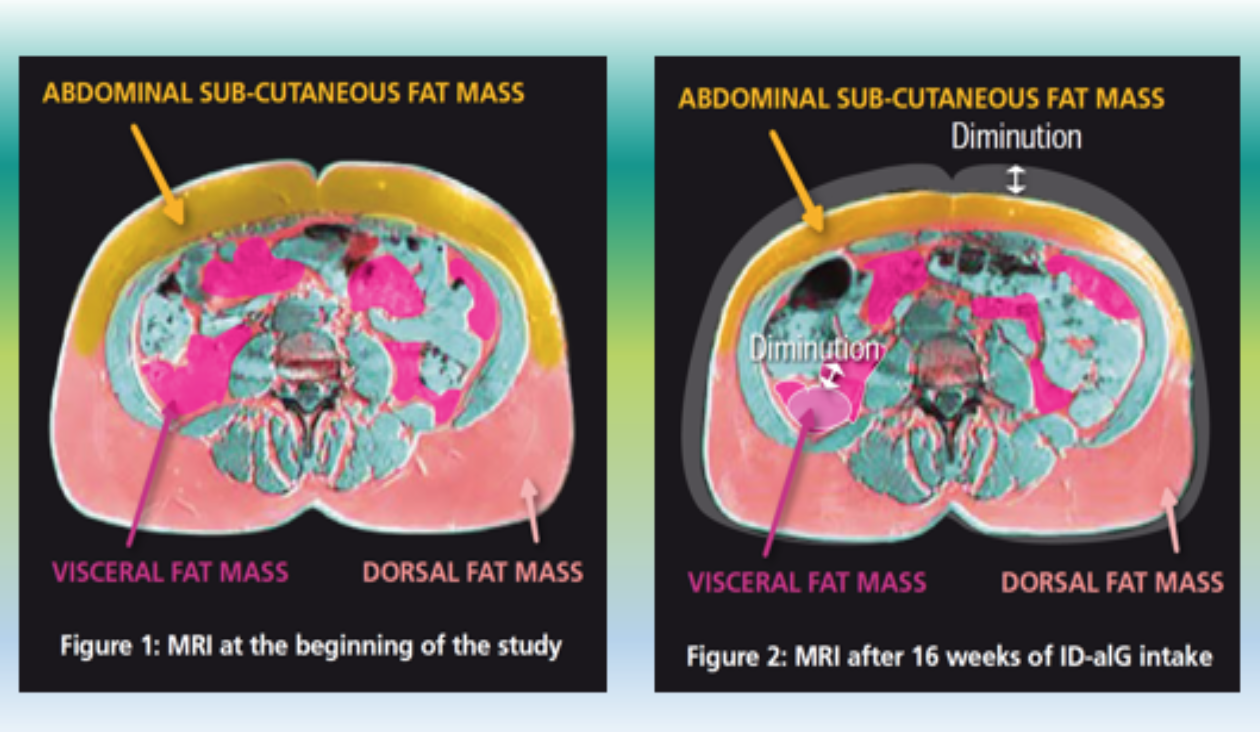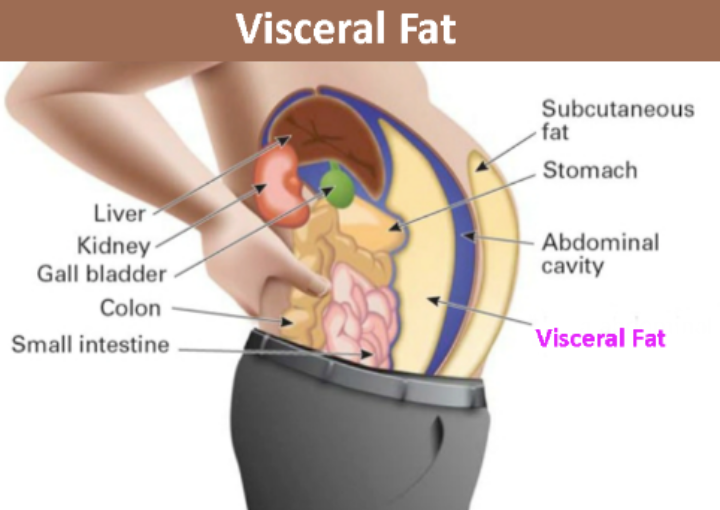The Effects of Weight Loss

- During the past 3 decades, perhaps the single most important advance in linking body composition research to a more complete understanding of type 2 diabetes and of insulin resistance in general has been attained through measurements of visceral adipose tissue (VAT).
- The association between VAT and Insulin Resistance is also observed in those without type 2 diabetes and exists with general consistency across sex, race, and a variety of other subgroups of the population.
- Interestingly, this relationship is also observed among normal-weight men and women.
Health ABC Study
- When BMI criteria were used to appraise obesity in a large-scale cohort of more than 3,000 men and women in the Health, Aging and Body Composition study, VAT was found to be a strong predictor of insulin resistance and type 2 diabetes, particularly among nonobese people.
- This suggests that older adults can be at greater risk for the development of type 2 diabetes if they have excess VAT.
- VAT is a strong predictor of insulin resistance and type 2 diabetes in children and adolescents, a segment of the population also becoming more obese.
- With regard to those who already have type 2 diabetes, modest weight loss of 5% to 10% can have a pronounced effect in improving hyperglycemia and reducing other cardiovascular risk factors.
- Similar amounts of weight loss substantially reduce the risk for development of type 2 diabetes.
- Insulin resistance and hyperglycemia can begin to improve rapidly once a patient with type 2 diabetes begins weight loss.
- Indeed, it seems that these improvements almost precede weight loss.
- Somewhat surprisingly, in patients with type 2 diabetes, the improvements in hyperglycemia do not seem to be highly correlated with the amount of weight loss or amount of change in regional adiposity.
- In a recent weight loss intervention study in type 2 diabetes, the improvements in hyperglycemia were significantly correlated with improved insulin sensitivity but not with weight loss per se or specific changes in regional adiposity.
- For example, in a weight loss study, we observed that among obese nondiabetic participants, the percentage decrease in visceral fat was the only body composition change that significantly predicted the improvement in insulin resistance after weight loss.

